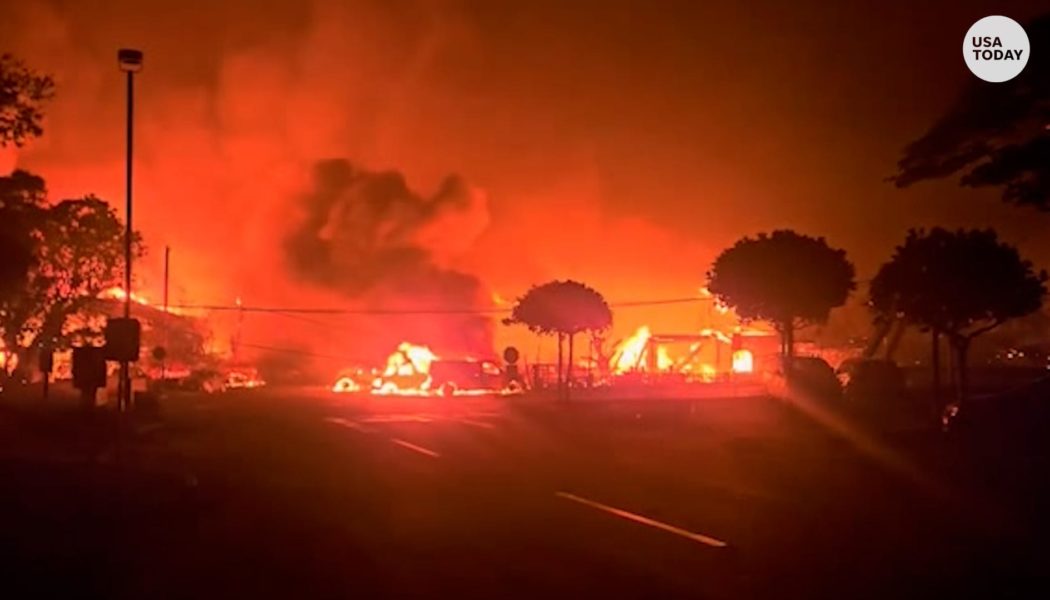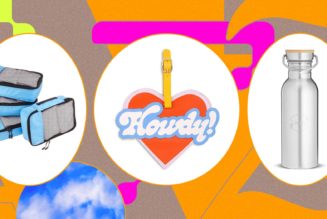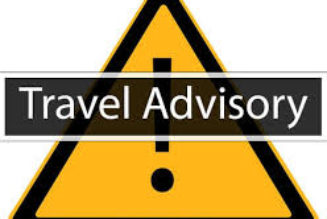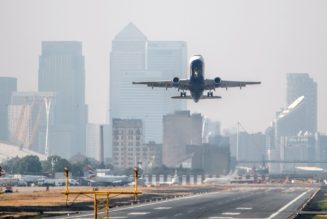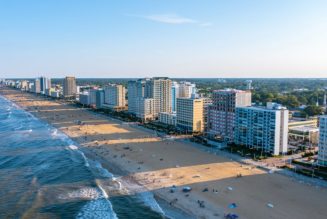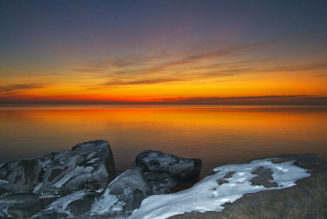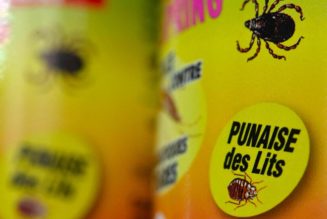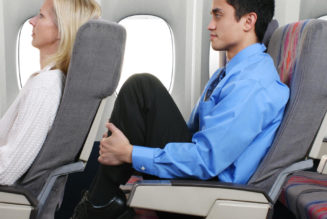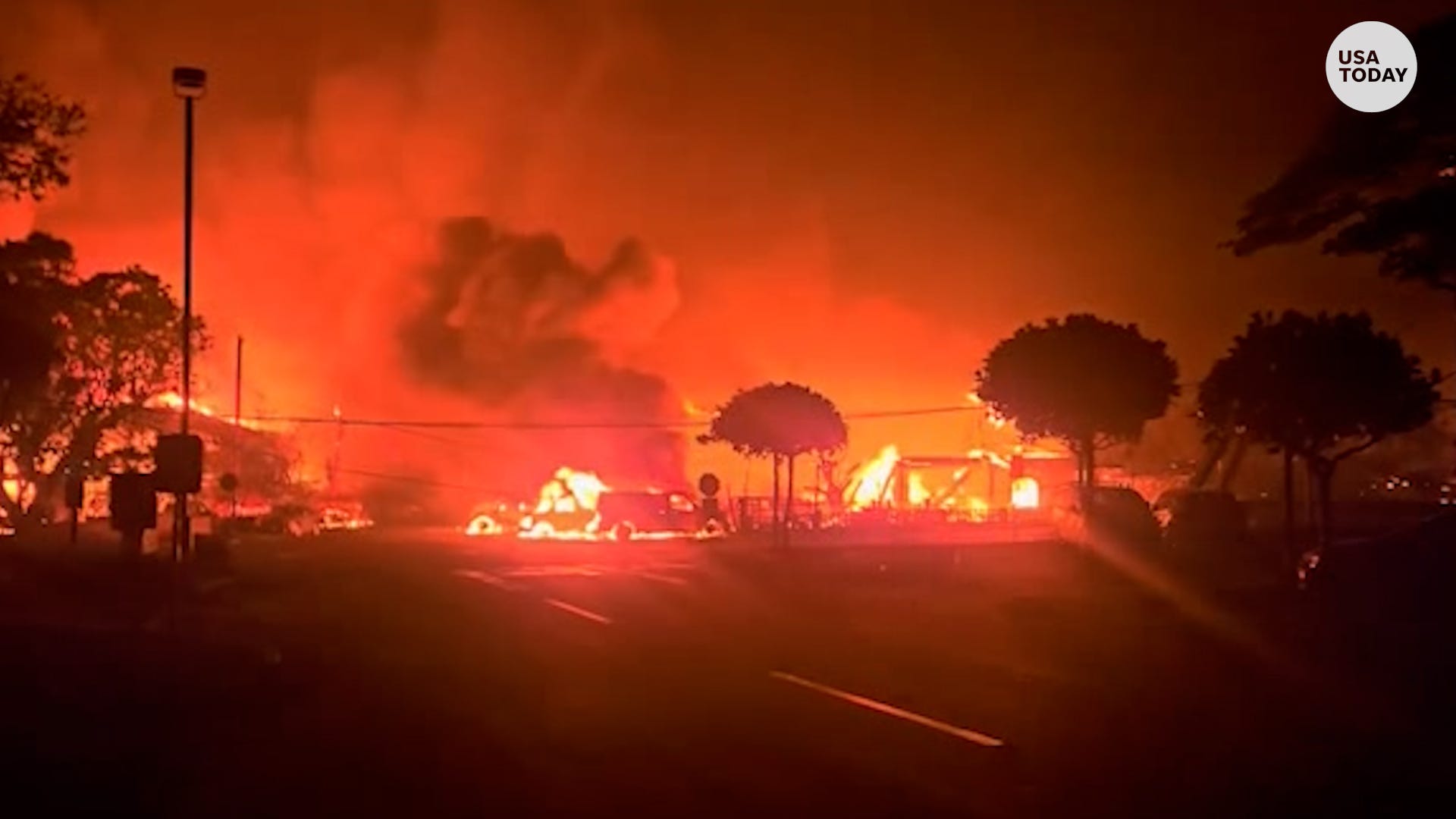
Traveling to Hawaii? Here’s what to know as Maui rebuilds.
Hawaii residents are dealing with the aftermath of historic wildfires in Maui. If you’re planning to travel to Hawaii, here’s what to know.
Ryan Ross and Claire Hardwick, USA TODAY
“Transformative Experiences” is a seven-part series focusing on how travel can change the lives of those open to the experiences that new places can bring. If you’d like to contribute to our future reporting and share your experience as a source, you can click here to fill out this quick form.
What started as a high school volleyball trip changed the way Toni Bardal and her family would travel going forward.
Volleyball club coaches Toni and Jarrett Bardal were organizing a week-long trip to the Hawaiian island of Oahu for 10 high school senior girl players in October. The group from Medicine Hat, Canada, was set to play in a tournament, but since the girls were missing school, the coaches wanted to incorporate an educational aspect into the trip.
After some research, Toni Bardal picked three local nonprofits for the group to volunteer with: a beach cleanup with Sustainable Coastline Hawaii, tree planting with the Hawaii Forest Reforestation, and a garden cleanup at Waimea Valley.
“When you are visiting someone else’s home, it is their home, and it’s important to give back,” Bardal told USA TODAY.
The motivation to give back on their trip was also inspired by the recent wildfires that destroyed historic buildings in Lahaina and displaced many residents in Maui.
I traveled during the COVID lockdowns, it made me realize this important thing about myself.
“We have wildfires all the time in Canada,” Bardal said. “When we saw the devastating of the wildfires in Hawaii, you start to realize that the sheer amount of people who travel to Hawaii, if they gave back just some of their time, it can make such a wild difference to the local community.”
When travelers choose to take time out of their vacation to volunteer for the host community, they have the chance at a more immersive and rewarding experience with the place they’re visiting – and that can change their outlook on travel, themselves and even the world.
Located on Oahu’s North Shore, Waimea Valley holds historic and cultural significance as a place where ancient Hawaiian high priests lived well before the 1700s. Hawaiians lost control of the land to Western hands in the late 1800s, and it was used for ranching and tourist activities – until 2003, when Hawaiian nonprofit Hiipaka was given the responsibility of stewarding the land to its original glory.
The lush valley continues to be a popular place for tourists, with up to 2,400 daily visitors wanting to witness its stunning waterfall and preserved cultural sites.
However, its volunteers get to experience something much more special.
“You really get to grasp all the work that needs to be done here in Hawaii and in other places,” Kimberly Anguiano, Assistant Executive Director of Support Services, told USA TODAY.
Traveling for community: Dita Von Teese’s rhinestone-drenched Las Vegas residency part of growing burlesque scene
What is voluntourism?
As the name suggests, voluntourism marries volunteering and tourism. This type of altruistic travel is growing in popularity as more people want to travel sustainably and give back to the places they visit rather than cause more harm.
Researchers have found these experiences to help increase the traveler’s well-being and decrease stress and anxiety. If sincere, the effects can dive even deeper: the traveler’s beliefs and perspectives are challenged, and their minds open up by these new connections. It can also help them find purpose.
However, the keyword for unlocking this inner transformation is authentic. Voluntourism has been criticized as problematic, compared to imperialism when the traveler drops in and exploits the host community just to make themselves feel better.
The impact of your volunteering depends on how a traveler approaches it – like the organization they choose and how it works with the community.
In Hawaiian, these values are malama or to ‘take care of,’ kuleana or ‘responsibility,’ and laulima or ‘community,’ Anguiano pointed out.
At Waimea Valley, working side by side with its staff not only helps expedite their mission but also gives you “that connection, that experience of really getting to learn about where you’re at and understanding the significance and importance of Hawaii, its history and really, what we’re doing today for the future,” she said.
That’s a Hawaiian experience travelers can’t get on Google or hanging out by the beach.
A connection to the place
When the Canadian volleyball group arrived at Waimea Valley, they were greeted with an oli chant, an ancient practice Hawaiians use to announce themselves and ask permission to enter sacred areas. Think of it like ringing someone’s doorbell.
It was then that the girls knew “this is serious and this is important,” Bardal said. “The girls were invested right off the bat.”
The volleyball group spent the morning clearing weeds from the botanical garden, which is home to over 5,000 species of tropical plants, including many that are endemic and native.
“It’s what Hawaiians were doing here for hundreds of years,” said Anguiano.
The group was told to forgo gloves and “connect with the earth, connect with the soil,” Bardal recalled. Seeing peacocks freely roaming about and vibrant plants only found in the tropics also captured the group’s attention. “There were all these things the girls don’t normally see in Canada.”
It’s not the destination, it’s the vibes What Americans want in their vacations now
The teenagers’ hard work that day would have taken the four Waimea Valley conservation staff members an entire working week.
Bardal said the girls felt a sense of accomplishment at the end of their volunteer day. “I didn’t hear one complaint,” she said. Before the trip, she was worried the high schoolers wouldn’t want to get their hands dirty and rather just hang out at the beach.
Although she’s back in Canada, Bardal said that week in Hawaii introduced her to a different side of travel. She wants to instill these values of traveling and volunteering with her two-year-old daughter.
“If everybody did that when they traveled, it would take the burden off these nonprofits,” she said.
What you can’t learn in a museum
Juliana Colonna and Léo Parent-Jung made the trek from France to Honolulu for a conference for the Society of Social Sciences since Colonna is a PhD student. With some encouragement from the conference organizers, the couple sought ways to volunteer for their first time on the island.
“It’s important to understand that Hawaii is really far from Europe, where I live, and I did not know much about its history,” Parent-Jung said. Before the trip, he researched more about how colonization tried to wipe out Hawaiian culture and how the effect is still felt today.
To him, volunteering would be like “a way to repair what was done or try to help to come back to what was there and did not ask to be destroyed.”
Colonna chose Waimea Valley because she’s done forest restoration work before and enjoyed it – and the couple wanted to check out the valley as tourists anyway.
The two spent their volunteer day differently than the high schoolers. They hiked up a trail into the northern part of the valley, which is closed to the public, where they helped clear invasive tree species with native trees that once made up the valley before European contact.
Over half of Hawaii’s floral and native fauna are at risk of extinction, which can affect the entire ecosystem, like risking the loss of endemic birds and cultural heritage.
After their rewarding day, the couple wants to volunteer whenever they travel and even back home in France.
“It helped a lot to actually see what I learnt just before,” he said. “There are things you know and you think you understand, but when you realize while seeing it in front of you, it gives more sense, more weight.”
Has a travel experience changed you as a person? How so?
Kathleen Wong is a travel reporter for USA TODAY based in Hawaii. You can reach her at kwong@usatoday.com.
